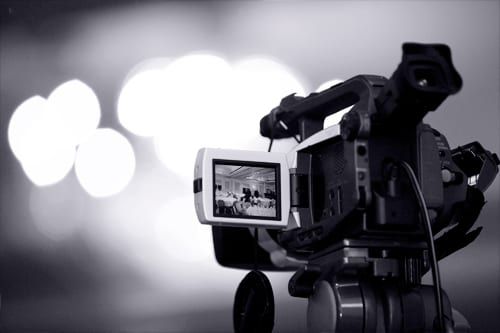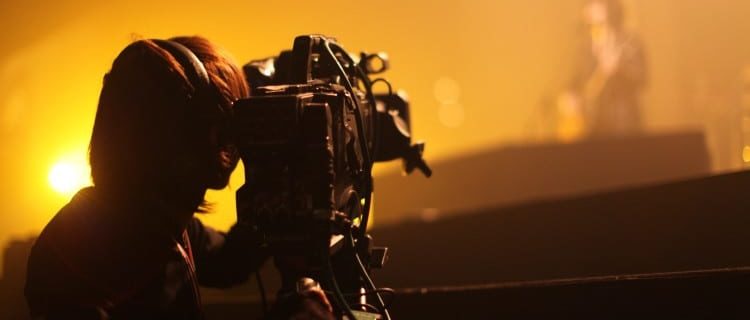 Events can be filmed for re-sale after the event, or even for promotional purposes. If you are filming for re-sale, you would want to make sure that you capture some people-related shots: both the actual speakers, as well as questions from the audience. These will obviously need to be edited (again, by a trusted supplier!) to form a neat, coherent product.
Events can be filmed for re-sale after the event, or even for promotional purposes. If you are filming for re-sale, you would want to make sure that you capture some people-related shots: both the actual speakers, as well as questions from the audience. These will obviously need to be edited (again, by a trusted supplier!) to form a neat, coherent product.
For promotional purposes, you would want to make sure that the cameras capture everything – from the attendees arriving, doing their registration, networking, and purchasing refreshments, to the opening of the doors. Once inside the venue, you have a wealth of visually interesting activities to capture – from the way the crowd reacts to exercises, to dancing or even high-fiving each other. Why not also film the crew? What better way to show them having fun while doing their jobs? Remember, the day’s footage needs to show people having a good time or interacting, so that your event comes across as hugely enjoyable – not to mention informative – and not to be missed in future.
If you are filming for promotional purposes, consider having a professional photographer on hand to also capture all the moments. Crowd shots – especially shot from behind the speaker, so that you can see the audience – are great for promoting the event going forward.
Live-to-screen filming is generally used for bigger audiences, when all attendees may not be able to comfortably see the stage. The cameras film the speakers, and the audience, for projection onto the screens at the front of the room.
Make sure that your cameramen (or women!) are elevated and have a clear shot over people’s heads – even if they stand up, the stage should still be clearly visible.
If the room is particularly long, you may also need to place some screens, or comfort monitors as they are called, halfway down the room, to ensure that the people sitting at the back can still see the events on the stage.
All camera feeds are sent to a vision mixer’s desk. The vision mixer constantly monitors all the feeds, and decides when to cut between cameras, in order to get the best final product.
Ultimately, your job is to ensure that all attendees can clearly see what is happening on the stage and in the presentations, without craning their necks, and that footage is seamless and well-shot without any jarring or blurry footage. If you can comfortably manage this goal, you are already well on your way to ensuring a very happy audience.
Again trusted suppliers are important, your audio visual supplier may be able to recommend someone that they have worked with before. Make sure when signing the contract that you have a turnaround time on the footage that is suitable to both parties, I have heard stories of people who were begging for their promotional footage 3 months down the line, and this should certainly be avoided.




